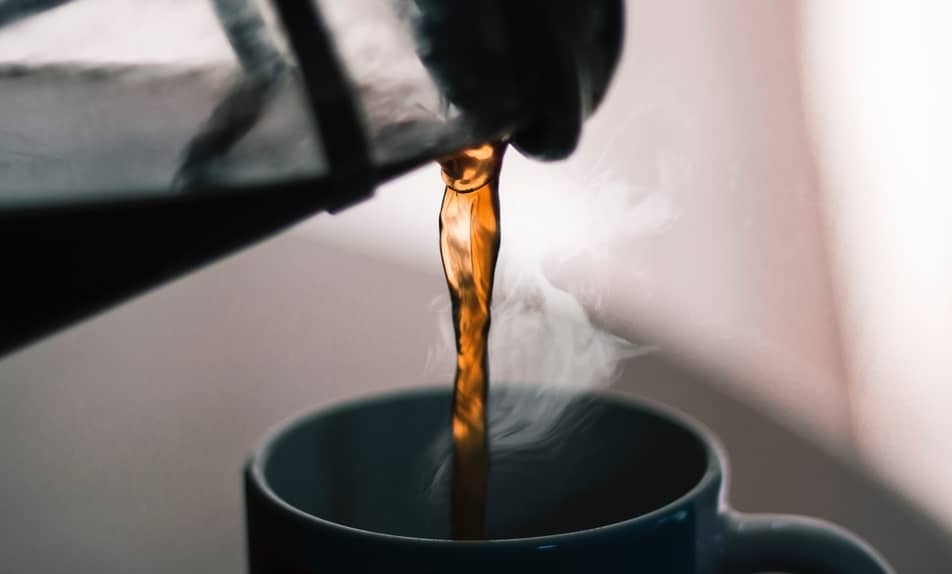What Are Semi-Volatile Organic Compounds (VOCs)?

Volatile organic compounds, or VOCs, or sometimes polycyclic aromatic hydrocarbons, are chemicals made up of hydrogen and carbon that vaporize at room temperature. This process, known as offgassing, releases harmful chemicals into the air. And because these chemicals are found in a wide range of consumer products, they can have a dramatic effect on indoor air quality.
Because volatile organic compounds can pose both health and environmental protection risks, different governing bodies have published standards and guidelines for understanding what are healthy concentrations of VOCs and how to prevent excessive exposure.
Understanding the Different Volatile Compounds
VOCs are typically divided into three groups. They are:
-
Very Volatile Organic Compounds (VVOCs)
-
Volatile Organic Compounds (VOCs)
-
Semivolatile Organic Compounds
VOCs are categorized by their volatility, which is a complicated chemistry term used to describe the ease with which these substances change states of matter. The boiling point range is used to help classify VOCs and determine which ones are very volatile and which ones are semivolatile organic compounds.
However, just because SVOCs are less likely to vaporize, this doesn’t make them any less dangerous. It’s important to know what are some of the most common SVOCs and where they come from to help limit exposure and the health problems they can cause.
A common source is pesticides, but these chemicals can be found in many other place, meaning one needs to be constantly vigilant to avoid over exposure.
The Different Semivolatile Organic Compounds
Benzoic Acid
Named for gum benzoin, which was considered for many years to be its only source, this chemical is found in anything ranging from food preservatives (those represented by E210, E211, E212, etc.) to plastics. It’s primarily used in the early formation of carbon polymers that will eventually be used to make plastic.
Benzyl Alcohol
Used as a general solvent for inks, waxes, shellacs, paints and lacquers, this SVOC is one of the most common. It is also used in the construction of nanowires, and it has been approved (when diluted to a 5 percent solution) as a treatment for head lice. It essentially suffocates the bugs and causes them to die before the infestation expands too much.
Benzyl Phthalate
Also known sometimes as bromophenyl phenyl, benzyl butyl phthalate, or simply butyl benzyl, this is probably one of the most common SVOCs in use today. Its main application is as a plasticizer, typically in the production of vinyl foams (which are used in floor tiling), as well in as other durable but flexible plastics, such as those used in traffic cones, conveyor belts and artificial leather.
Chlorophenyl Phenyl
A variant of benzene, this chemical is often difficult to locate in the makeup of other compounds, but it is one of the most common VOCs that can be found. It is released mainly from the burning of coal and oil, as well as from the evaporation of gasoline. It is ranked as one of the top 20 most common chemicals in use today. And although concentrations in any one area tend to be low, gas leaks or fires can cause concentrations in the air to increase to unsafe levels.
Organochlorine Pesticides
Pesticides have been in widespread use for the past half a century, and they are a near-necessity in today’s large-scale modern agriculture. However, many of these substances, such as organochlorine pesticides, known in the industry as DDT, cause severe health and environmental problems, which has led to them being banned either directly or indirectly in countries all around the world.
However, just because organochlorine pesticides are strictly controlled, this does not mean that VOCs are not present in food and water that is extracted in large scale form. As such, it’s always important to examine where food comes from to make sure no unsafe chemicals were used in its production.
Flame Retardants
Another large source of SVOCs are flame retardants. Polychlorinated biphenyls, (PCBs or PBBs) are the most common chemicals used in fire extinguishers and other devices meant to put flames out. While these chemicals only escape into the air when these devices are used, it’s important to keep the area where they have been discharged fully ventilated.
Avoiding SVOCs
It’s impossible to completely avoid exposure to VOCs. They are in many popular products, and because they vaporize at room temperature, it’s nearly impossible to control their discharge into the air. However, awareness of where VOCs come from, and of the relevant safety standards, will help ensure good indoor air quality, reducing the risk of contracting health problems from these chemicals.
For more information on IAQ, check out these resources:
-
Air Pollution Particle Size.If you’re concerned by your environmental health, it’s important to know volatile organic chemicals are only one part of the equation. Particles are the other part. They’re surprisingly small, which makes it difficult to know when they’re posing a risk to health.
-
How to Reduce Particle Pollution. Protection from these harmful chemicals starts with limiting exposure and creating the best possible air conditions.
-
Guidelines for Indoor Air Quality. A great resource for those looking for more information about volatile organic chemicals and how to limit their presence in the home.
